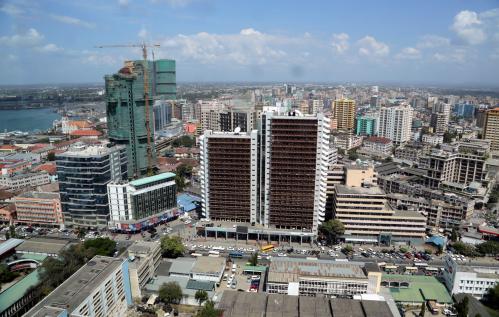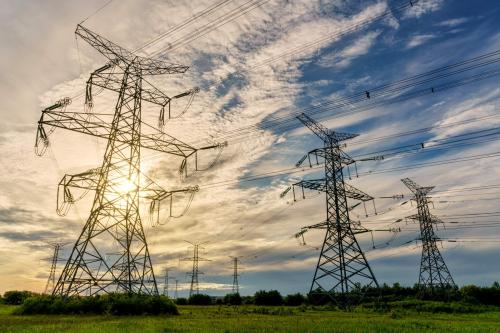Last week, the World Bank released the report “Lifelines: The Resilient Infrastructure Opportunity” to highlight the challenges fragile countries and communities face from infrastructure disruptions. These disruptions impact service delivery and harm the people who experience them, particularly when caused by natural disasters.
Figure 1 shows the outsized impact of infrastructure challenges faced by small and medium enterprises in countries with lower GDP per capita. Enterprises in lower-income countries face significantly more electricity and water outages per month than those in higher-income countries; these outages lower enterprises’ productivity and increase costs. Unpredictable but frequent electricity outages are particularly expensive to overcome: According to the report, firms in low- and middle-income countries currently face costs of $300 billion per year from reduced utilization rates due to outages. These costs create barriers for firms to enter markets and increase the risks of entrepreneurship, ultimately affecting household income growth, consumption, and vulnerability to macroeconomic shocks.
Figure 1: Poorer countries are hit hardest by inadequate infrastructure
Figure 2 highlights the effect of utilization rate losses in electricity, water, and transport on GDP for the most affected low- and middle-income countries, including 21 African countries. African countries comprise at least half of the top 15 most-affected countries in each category of infrastructure disruption. To close this gap, the African Development Bank estimates that Africa’s infrastructure needs are between $130 and $170 billion per year; however, financing for African infrastructure currently falls short by between $68 billion and $108 billion per year.
Figure 2: Top 15 countries with greatest utilization rate losses, by type of infrastructure disruption
While there is scope for private sector involvement in infrastructure, in general, the public sector plays a leading role in developing and maintaining resilient and sustainable infrastructure. A government’s ability to support resilient infrastructure systems, however, depends on whether it has effective systems in place to implement, finance, manage, and maintain that infrastructure. Correspondingly, Figure 3 shows that there is a correlation between countries’ control of corruption and overall infrastructure and electricity quality. The report states that, for low-income countries, there are particularly large differences in quality of infrastructure between countries with “effective governments” and those with less effective governments. Filling Africa’s infrastructure needs will thus likely require consistent efforts to improve government capacity to manage infrastructure.









Commentary
Figures of the week: Africa’s infrastructure needs are an investment opportunity
June 27, 2019